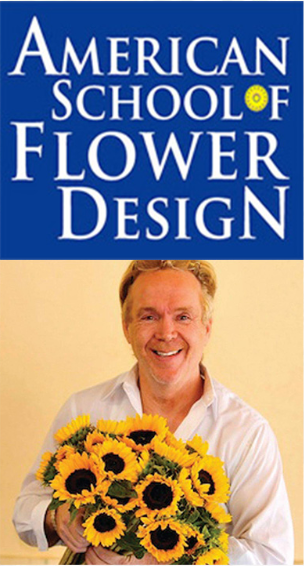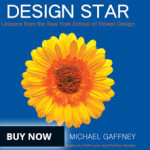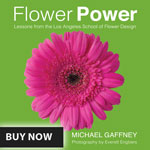Flower Design Resources
Flower Design Resources: Theories and Principles of Design
Principles are concepts used to organize or arrange the structural elements of design. The way in which these principles are applied affects the expressive content, to the message of the work.
These principles are: Balance, Proportion, Rhythm, Emphasis, and Unity…
Balance is the concept of visual equilibrium, and related to our physical sense of balance. It is a reconciliation of opposing forces in a composition that results in visual stability. Most successful compositions achieve balance in one of two ways: symmetrically or asymmetrically. Balance of a three dimensional object is easy to understand; if balance isn’t achieved, the object tips over.
Proportion refers to the relative size and scale of the various elements in a design. The issue is the relationship between objects, or parts of a whole. This means that it is necessary to discuss proportion in terms of the context or standard used to determine proportions.

Rhythm can be described as timed movement through space; an easy, connected path along which the eye follows a regular arrangement of motifs. The presence of rhythm creates predictability and order in the composition.
Emphasis is also referred to as point of focus, or interruption. It marks the locations in a composition which most strongly draw the viewers’ attention. Usually there is a primary or main point of emphasis, with perhaps secondary emphasis in other parts of the composition. The emphasis is usually an interruption in the fundamental pattern of movement of the viewer’s eye through the composition, or a break in the rhythm.
Unity is the underlying principle that summarizes all of the principles and elements of design. It refers to the coherence of the whole, the sense that all of the parts are working together to achieve common result: a harmony of all the parts.











